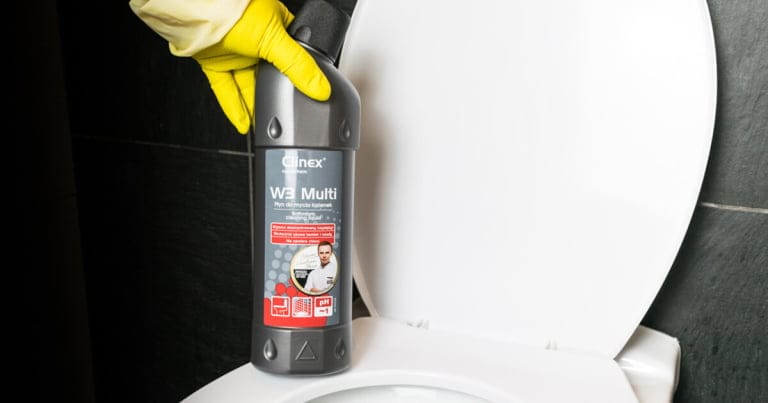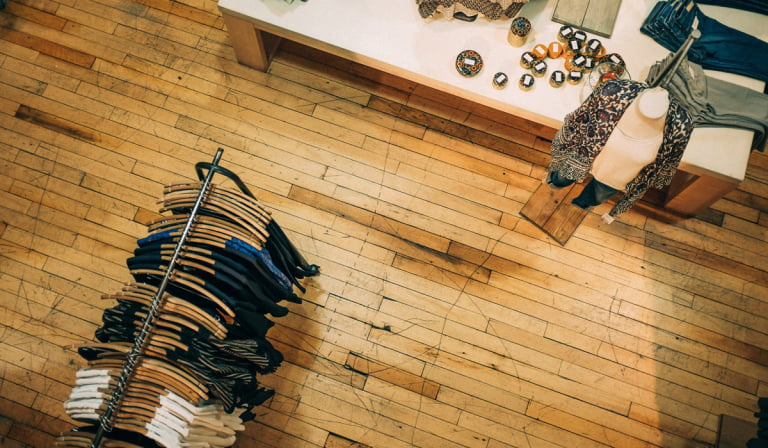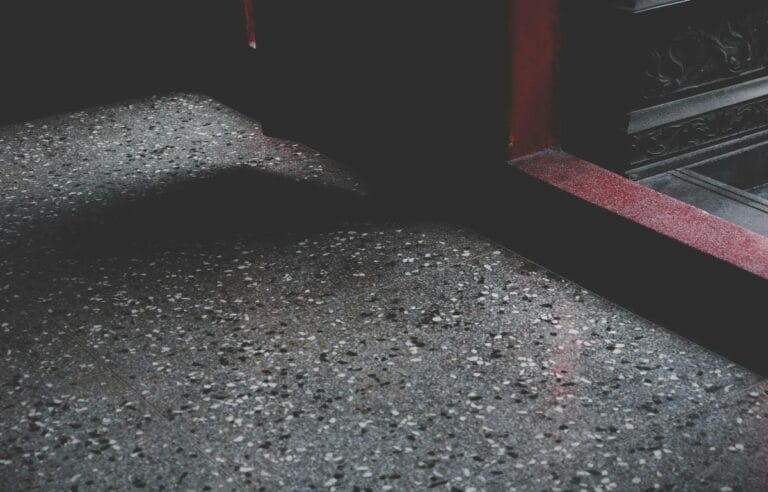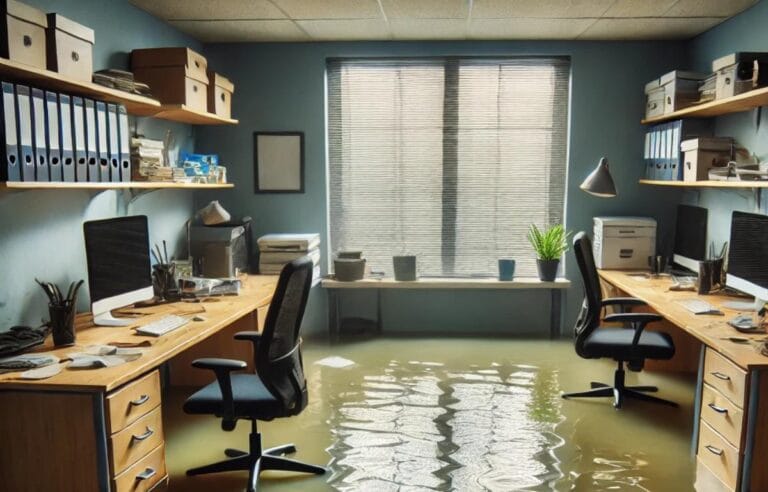Difficult stains are quite a challenge. They actually happen everywhere. Cleaning companies, as well as industries such as gastronomy and hotels, can boast of a wide range of different examples of stubborn stains they struggle with. Additionally, dirt may appear on a delicate surface, so the agents and tools for removing this type of stains must be appropriately selected and safe for the surface. Some of the most difficult stains to remove include resin, wax and glue stains.
From the article you will learn:
- How to get rid of resin stains on wooden furniture?
- How to remove spilled glue from office carpet?
- How to remove candle wax from tablecloths or restaurant tables?
- How to effectively remove wax from cosmetic sheets?
- What will work when removing ink or printer ink from an office space?
- How to effectively remove chewing gum from a hotel carpet?
- Which preparation should you choose to remove difficult dirt, such as remains of stickers or self-adhesive foil?
How to remove resin stains?
Resin is a sticky and thick organic substance produced in plants, mainly conifers. It is produced to protect the “wounds” of trees, protecting them against insects, fungi and low temperature. It can leak from wooden boards, balustrades and even furniture, windows and doors. Painting with paint or varnish does not always protect against the appearance of these types of stains. When resin levels are high and the wood is exposed to sunlight, leakage may occur. Examples in the catering industry include wooden furniture for summer café gardens or restaurant tables and benches. The resin may also flow onto the floors if the furniture is placed indoors. In each case, the answer to the question of how to remove resin stains will be Clinex Anti-Spot , a specialized agent for removing difficult stains .
This preparation removes stubborn, water-insoluble dirt. Its operation is highly effective and efficient.
By local application, it removes difficult stains from surfaces such as:
- upholstery,
- carpets,
- washable surfaces
How to remove glue stain?
Depending on the type of glue and the surface on which the dirt is located, there are different ways to deal with this problem. Glue stains are extremely difficult to remove. Another type of stain will be traces and remnants of stickers, where the source of the stain is also glue. Examples include stickers on furniture, old glue stains on the carpet or office carpet or floor, and some of the most difficult ones are spilled glue on textiles and clothes. In addition to mechanical means of removing this type of stains, it is also worth having a product such as Clinex Anti-Spot at your disposal . , which can be helpful in many situations. The product is for local use and removes stubborn, water-insoluble dirt.
How to remove a wax stain?
There are many types of wax, including those of animal origin – such as beeswax or lanolin. Next are waxes of plant origin, e.g. jojoba oil. We also distinguish mineral and synthetic waxes. Waxes are mainly associated with candles, which are used in many places, such as on restaurant tables, cafes, hotel or beauty salons. Paraffin and stearin are mainly used to make candles. Another type of wax stains will be, for example, stains on cosmetic sheets resulting from waxing treatments or massages using special candles. Stains from wax and related products are greasy and difficult to remove, especially from textile materials. In the case of hardened wax stains and greasy stains, Clinex Anti Spot can be used.
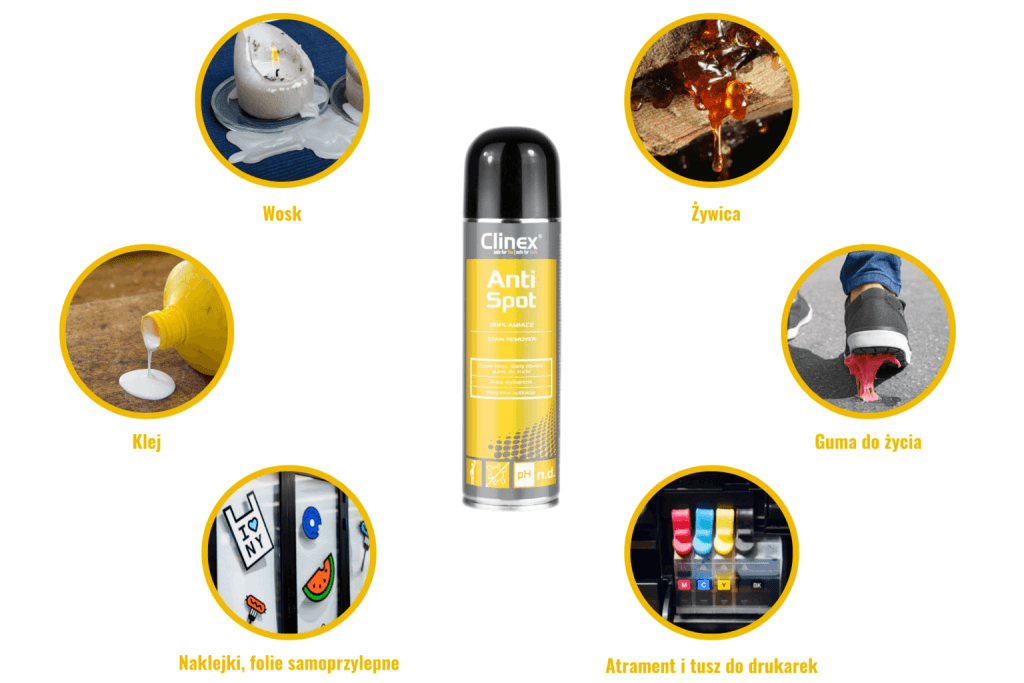
Clinex Anti-Spot removes stubborn dirt, including:
- chewing gum,
- glue,
- tar and bitumen,
- ink from printers and stamps,
- candle wax
- traces of labels and self-adhesive foils
- natural resins.
How to remove a stubborn stain with Clinex Anti-Spot?
Before using the preparation, it is worth checking its effect on the cleaned surface in an inconspicuous place. Before applying the stain remover, shake it vigorously. After applying the preparation, wait about one minute. During this time, the dirt should dissolve. Collect the remains using a clean and absorbent cloth or other cleaning cloth. Importantly, Clinex Anti-Spot does not contain bleaching substances or brighteners. It is safe and convenient to use and at the same time effectively removes stains and dirt.
In the case of such difficult dirt, it is sometimes worth waiting until it is completely dry and then, using a tool, “unhook” the dirt. This method will work primarily for removing wax from panels. We can even speed up its drying on the surface by placing ice cubes on it.
It is very important not to use sharp tools to mechanically remove stains. We can use wooden, plastic and even metal tools, but remember that they should be free of sharp edges. Unfortunately, when removing such dirt, the cleaned surface is often damaged (e.g. by scratching or making a hole). If we approach this process carefully and with the previously mentioned professional cleaning agent, we should not be afraid of damaging anything.
Removing dirt from textile surfaces.
If dirt or stains appear on the textile surface, special attention should be paid to the safety of the product for the cleaned fibers. Clinex products do not contain bleach, which makes them safe solutions for any surface. In the case of textile surfaces, such as couches, sofas, armchairs, but also upholstered headrests for hotel beds, Clinex Textile Foam upholstery foam will be perfect.
When a stain or dirt is removed from a textile surface, only the dirty area is often cleaned, which in turn creates a stain effect. This is usually caused by the color difference between the cleaned area and the uncleaned area. This is due to the fact that the cleaned area has been refreshed and the layer of dirt has been removed, revealing the correct color. Therefore, it is worth cleaning the entire surface. In the case of cleaning and removing dirt from entire surfaces, two products are dedicated: Clinex Textile EXT – for extraction washing of carpets and upholstery and Clinex Textile SHP – shampoo for washing carpets and upholstery.
More information about cleaning and removing dirt from textile surfaces can be found in the article.

